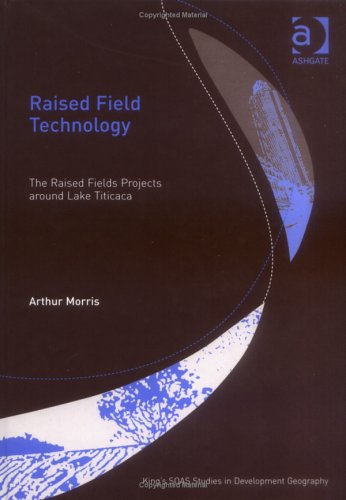King's SOAS Studies in Development Geography
1 total work
During the Inca Empire and, indeed, in the previous centuries, the harsh climate and difficult physical environment of the Andean plateau around Lake Titicaca sustained a population many times larger than the one struggling to sustain itself in more recent times. Academics began studying this in the late 1960s and discovered that the Incas and their forefathers had used a complex system of raised fields and irrigation canals to obtain high yields from their crops. This technology seems to have been lost after the Spanish conquest. Since its academic rediscovery, there have been numerous projects set up by the Peruvian and Bolivian governments as well as international NGOs, which have set about reintroducing this system of farming, along with the traditional Andean "wonder crops" such as quinua, canilua and amaranth. This book presents a critical analysis of these raised field projects, setting them in context and taking into consideration factors such as agrarian reforms and counter-reforms, the psychology of aid dependency and the limited remit of the agencies.
It shows that very few of the raised field projects have led to permanent cultivation and explains the failures in terms of a variety of standard factors. Its conclusions suggest what may be a more successful way forward, advocating a more integrated approach, which recognizes the integrated nature of society and economy in the traditional communities and the existence of a rounded Andean technology, of which the raised fields comprise only one part.
It shows that very few of the raised field projects have led to permanent cultivation and explains the failures in terms of a variety of standard factors. Its conclusions suggest what may be a more successful way forward, advocating a more integrated approach, which recognizes the integrated nature of society and economy in the traditional communities and the existence of a rounded Andean technology, of which the raised fields comprise only one part.
